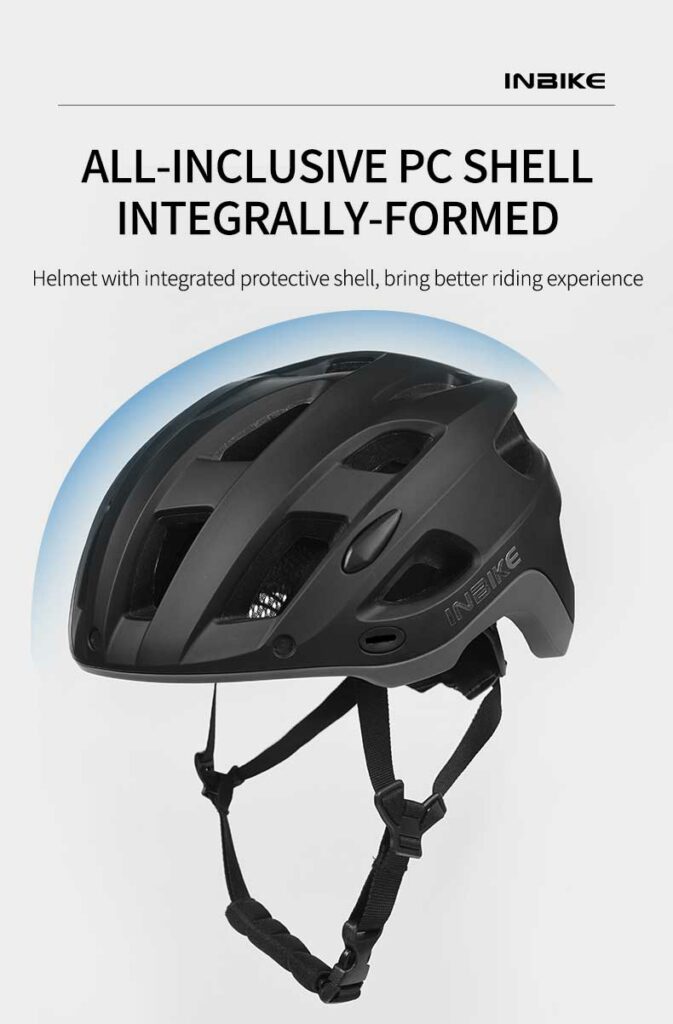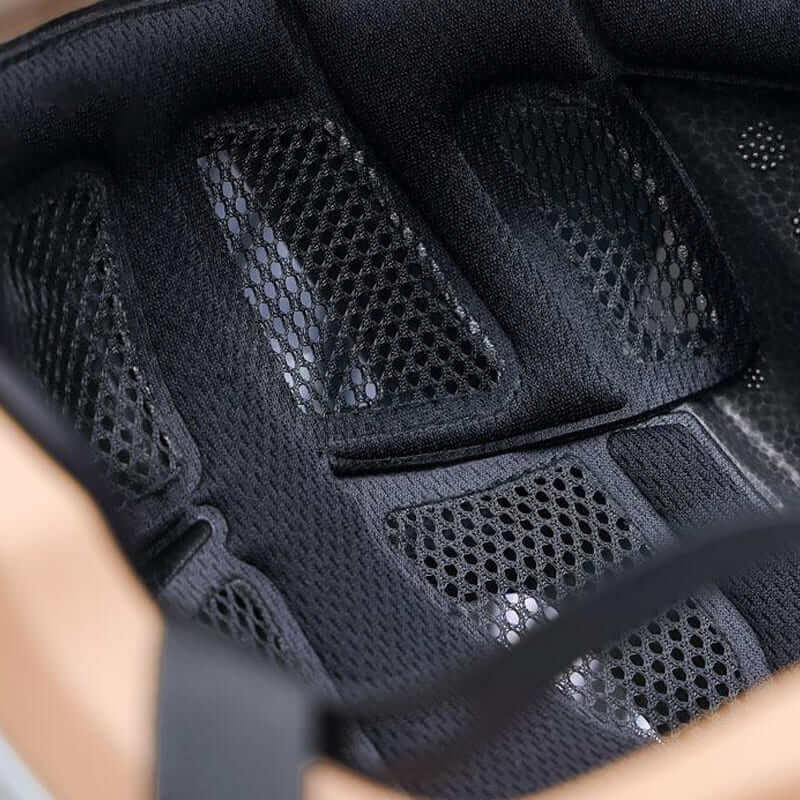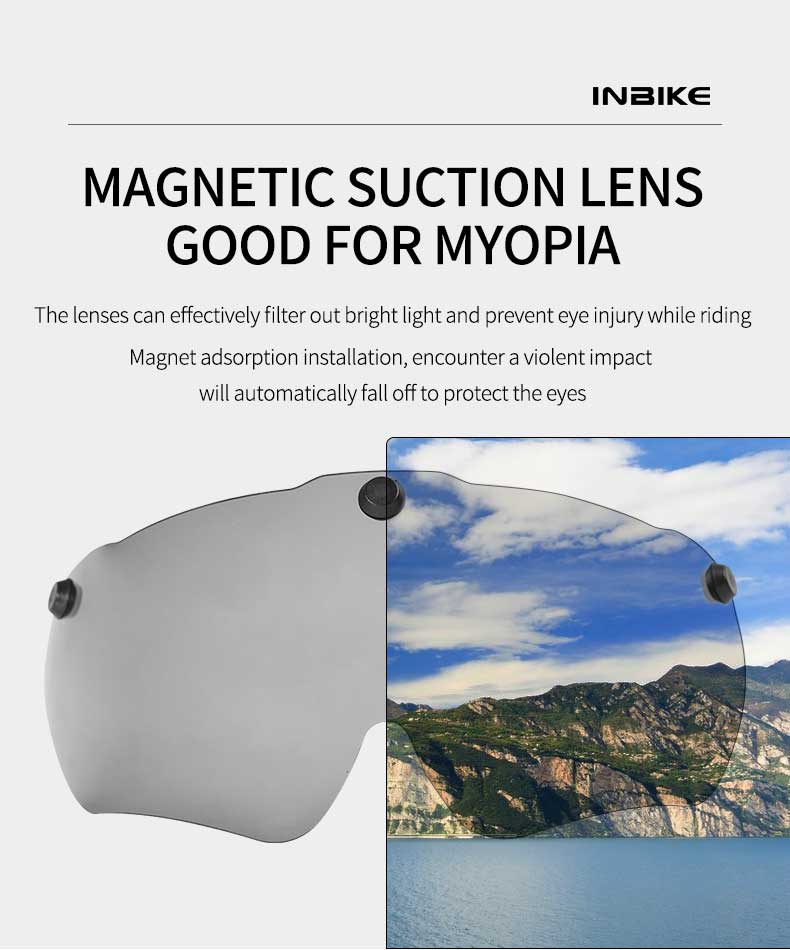Bike Helmet Buying Guide
Bike helmets are essential safety gear for cyclists. They protect your head from potential injuries in case of an accident. It’s crucial to choose the right helmet to ensure maximum protection. In this buying guide, we’ll discuss the factors you should consider when buying a bike helmet.
Helmet Type
There are various types of bike helmets available, including road, mountain, commuter, and BMX helmets. Each type is designed for a specific cycling style and offers different features. Road helmets, for example, are lightweight and aerodynamic, while mountain helmets have more coverage and ventilation.
Choose the helmet type that corresponds to your cycling style. If you cycle on rough terrain, a mountain helmet with a visor can protect your face from branches and debris. If you commute to work, a commuter helmet with a rear light can increase your visibility on the road.

Helmet Size
Choosing the right size is crucial for the helmet to fit properly and provide optimal protection. Measure your head circumference with a tape measure, starting from above your eyebrows, to the widest part of the back of your head.
Check the helmet sizing chart and choose the size that matches your head circumference. Some helmets have an adjustable dial at the back that allows you to customize the fit. Make sure the helmet sits level on your head, with the front edge no more than an inch above your eyebrows.
Helmet Safety Standards
Check if the helmet meets safety standards set by the Consumer Product Safety Commission (CPSC) or other international safety organizations, such as ASTM or Snell. These standards ensure that the helmet can protect your head from impacts and meet specific performance criteria.
Avoid buying cycling helmets that do not meet safety standards, even if they are cheaper. They may not provide adequate protection and can lead to severe injuries in case of an accident.
Helmet Ventilation
A cycle helmet with proper ventilation can keep your head cool and prevent sweat buildup. Look for helmets with multiple vents that allow air to circulate through the helmet. Some helmets also have removable pads that you can wash or replace to maintain hygiene.

Helmet Weight
A lightweight helmet can make a significant difference in your comfort level, especially during long rides. However, a lightweight helmet should not compromise safety. Choose a helmet that is both lightweight and meets safety standards.
Helmet Comfort
A comfortable helmet can encourage you to wear it regularly. Look for helmets with a comfortable padding system that cushions your head and reduces pressure points. The helmet straps should also be adjustable to fit your head and prevent the helmet from shifting.
Helmet Visor
A helmet visor can protect your face from sun glare, rain, or debris. Some helmets come with a built-in visor, while others have a removable one. Choose a helmet visor that suits your cycling style and environment.

Helmet Color and Visibility
Choosing a bright-colored helmet can increase your visibility on the road, especially during low-light conditions. Reflective details on the helmet can also improve your visibility to other road users. Consider the color and visibility features when selecting your helmet.
Helmet Brand and Price
Choose a reputable helmet brand that has a good reputation for quality and safety. You may pay more for a helmet from a reputable brand, but it’s worth the investment to ensure your safety. Avoid buying cheap helmets from unknown brands, as they may not meet safety standards.
Conclusion
Choosing the right bike helmet is essential to ensure your safety on the road. Consider the helmet type, size, safety standards, ventilation, weight, comfort, visor, color, and visibility when buying a helmet. Invest in a quality helmet from a reputable brand to ensure your head’s optimal protection.

